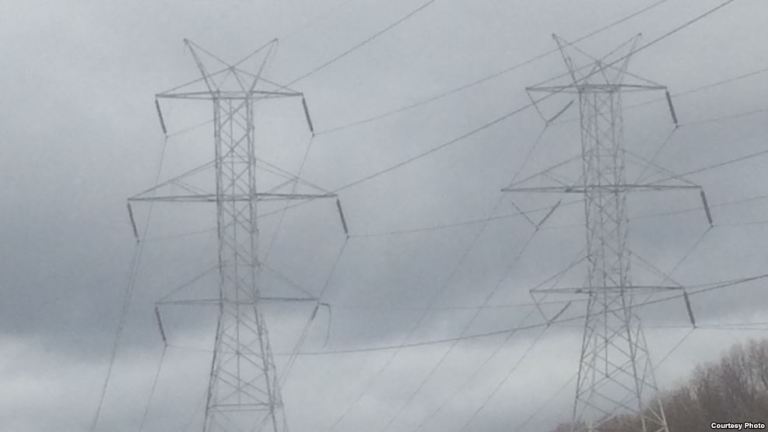South Africa’s Department of Energy has acknowledged the report compiled by Statistics South Africa (Stats SA) that shows that the number of households connected to electricity in South Africa has increased.
According to the report, the percentage of households in South Africa that are connected to electricity increased from 77.1% in 2002 to 85.5% in 2015. The report further says Eastern Cape, Limpopo, KwaZulu-Natal and Mpumalanga recorded the largest increases as compared to other provinces.
The 2015 General Household Survey (GHS) results were released by Statistician General Pali Lehohla on 3 June. The survey, which has been carried out by Stats SA since 2002, is aimed at determining the level of development in the country.
The department said the results are a thumb-up and a boost to the country’s efforts of ensuring increased access to electricity so as to bring about positive economic transformation by ensuring more opportunities in the economic sector and at the same time decreasing the health hazards by removing life threatening carriers.
The number of households which are connected to electricity increased by less than 2% in the Western Cape over this period of time, while the percentage of households which are connected to electricity declined by 3.9% between 2002 and 2015 in the Gauteng.
The department said the small increase in new connections recorded in the Western Cape Province is attributed to the high baseline of households electrified.
It also said the decline recorded in Gauteng is as a result of the high level of migration to the province and the subsequent mushrooming of informal dwellings.
The number of households that used electricity for cooking increased from 58% recorded in 2002 to 78.1% recorded in June 2015. Consequently, the use of paraffin and fire wood decreased.
The number of households which used paraffin decreased from 16.2% in 2002 to 5.4% in 2015, while the percentage of households that used firewood decreased from 19.3% to 9.3%.
The Department said it is committed to ensuring universal access to electricity in the country in the coming 10 to 12 years

